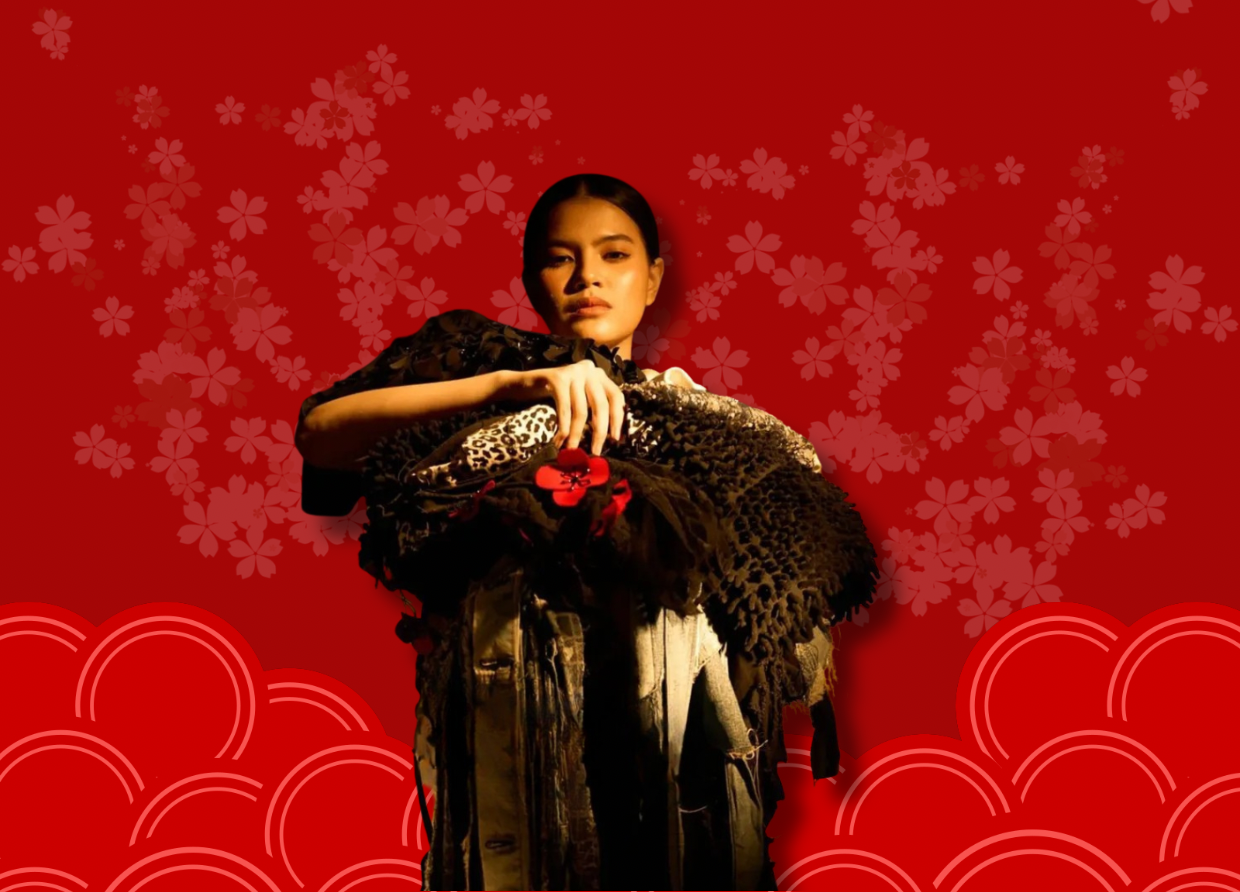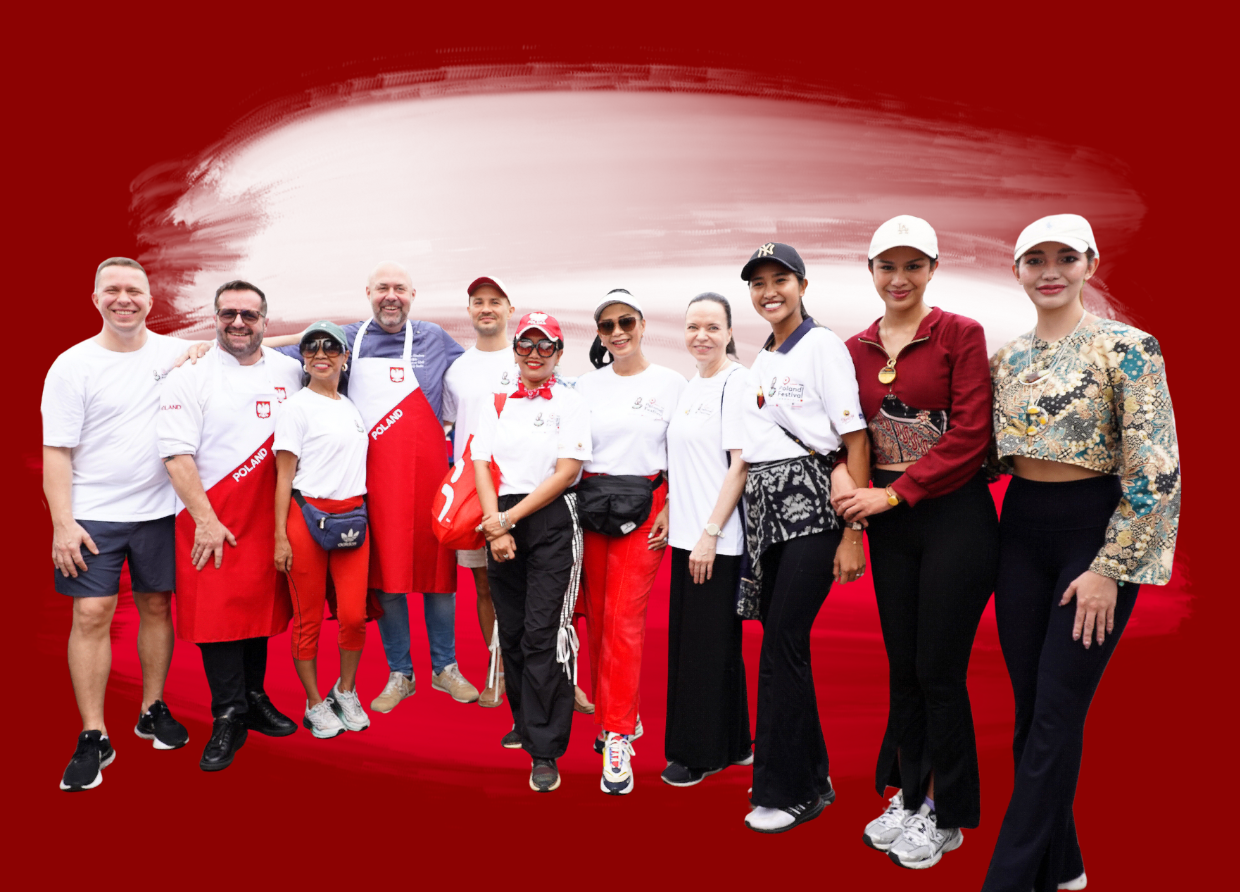THE RESURGENCE OF BALINESE LANGUAGE: A CULTURAL RENAISSANCE AMIDST MODERNITY
New Book Lidah Dewata Aims to Preserve the Balinese Language Amid Growing Modern Influences

Balinese, or Basa Bali, is facing a gradual decline as modernity reshapes the island. French artist Pascal Hierholz and Balinese scholar I Gde Agus Darma Putra have set out to preserve the language with their new book, Lidah Dewata, offering foreign residents a way to connect with Balinese culture.
The complexity of the language, divided into low, middle, and high forms—often linked to caste—has made it increasingly difficult to maintain in the face of rapid modernization and the rise of Bahasa Indonesia and English. However, Hierholz and Putra are dedicated to reintroducing Balinese, focusing on middle Balinese, which they argue offers a more approachable way for both locals and foreigners to engage with the language.
Their book Lidah Dewata provides a straightforward method for foreign residents, encouraging them to first learn basic Indonesian before transitioning into Balinese. According to Hierholz, who is married to a Balinese native, this approach offers a smoother learning curve compared to directly moving from Western languages to Balinese.
For locals, Lidah Dewata is also aimed at reigniting interest in their own language, as many now think in Indonesian, applying its grammar to Balinese. "Nowadays, Bali natives often think in Indonesian, and when they speak Balinese, they tend to apply the grammar rules of the former while using Balinese words," explained Putra.
The method presented in the book is designed to overcome social barriers, blending Indonesian with middle Balinese to facilitate communication across different caste levels. This simplified approach hopes to eliminate the intimidation locals often feel regarding traditional language etiquette.
Despite Balinese having its own script, derived from Javanese and Sanskrit, Lidah Dewata teaches foreign residents not only to speak Balinese but also how to read and pronounce its script. While the script has been seen as challenging, Putra and Hierholz argue that learning the basics should be manageable for those who show genuine interest.
For many, the idea of learning Balinese might seem daunting in a region where English and Indonesian dominate daily conversations. But Hierholz emphasizes that even a small effort to learn middle Balinese demonstrates respect and curiosity towards the island’s culture. “It’s a nice way to show curiosity—an attitude that would be greatly appreciated locally,” Hierholz remarked.
As mass tourism continues to shape Bali into a globalized hub, foreign influences increasingly encroach on local traditions. From English-speaking tourists to Russian-language billboards, the essence of Bali risks being overshadowed. For Hierholz and Putra, preserving the Balinese language isn’t just about communication; it’s about keeping the heart of the island alive amidst these external pressures.
By encouraging foreign residents to learn and use Balinese, Lidah Dewata aims to foster a deeper connection between the island’s culture and its visitors.
#THE S MEDIA #Media Milenial #Balinese language #Basa Bali #Pascal Hierholz #I Gde Agus Darma Putra #Lidah Dewata #language preservation #Balinese culture #middle Balinese #Indonesian language #Balinese script #tourism in Bali #cultural heritage #Bali modernization #foreign residents in Bali #language learning #Balinese etiquette #Balinese caste system #mass tourism #Bali traditions #cultural connection


























